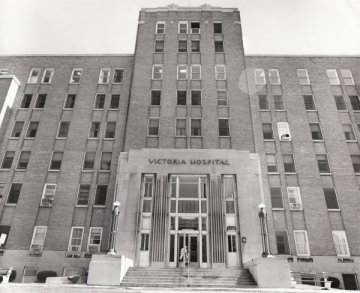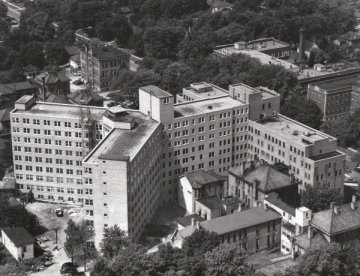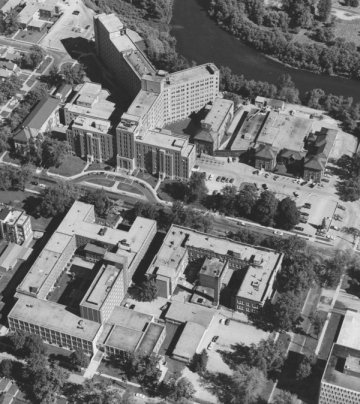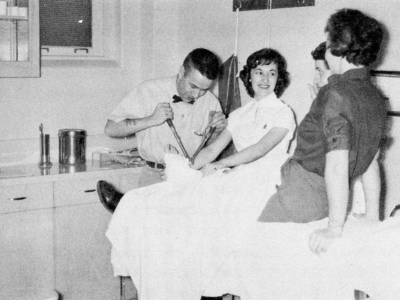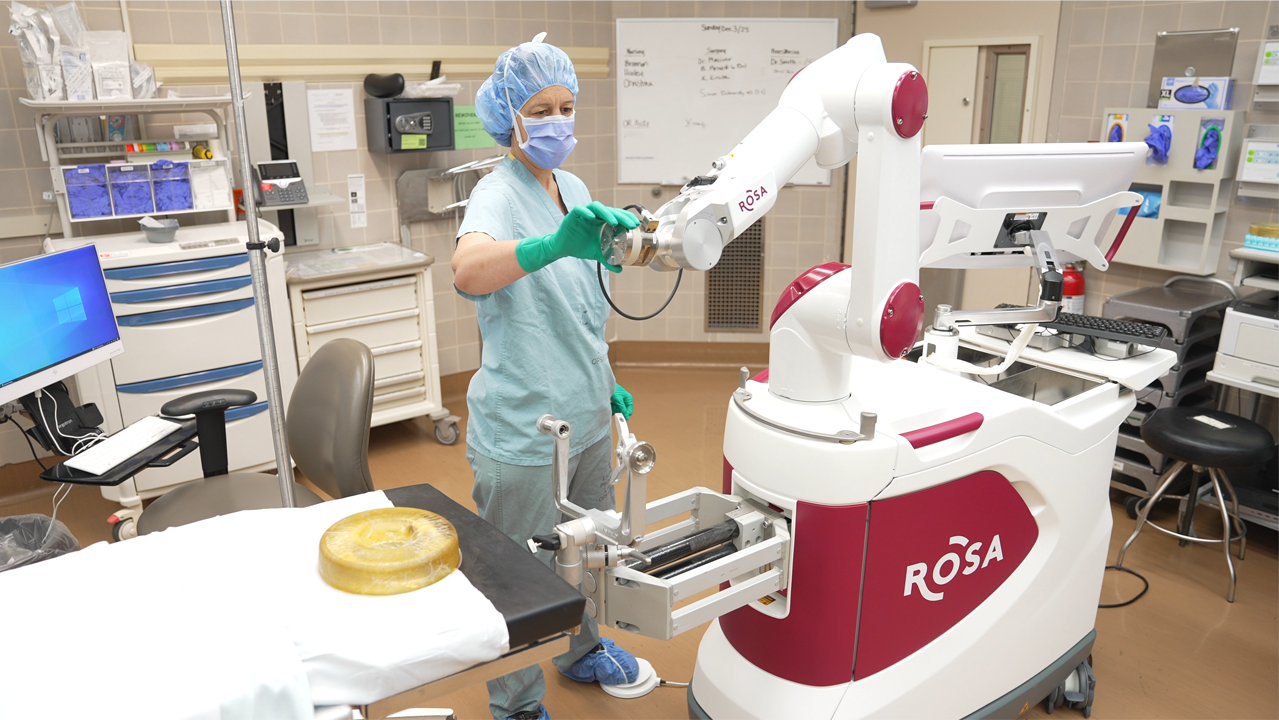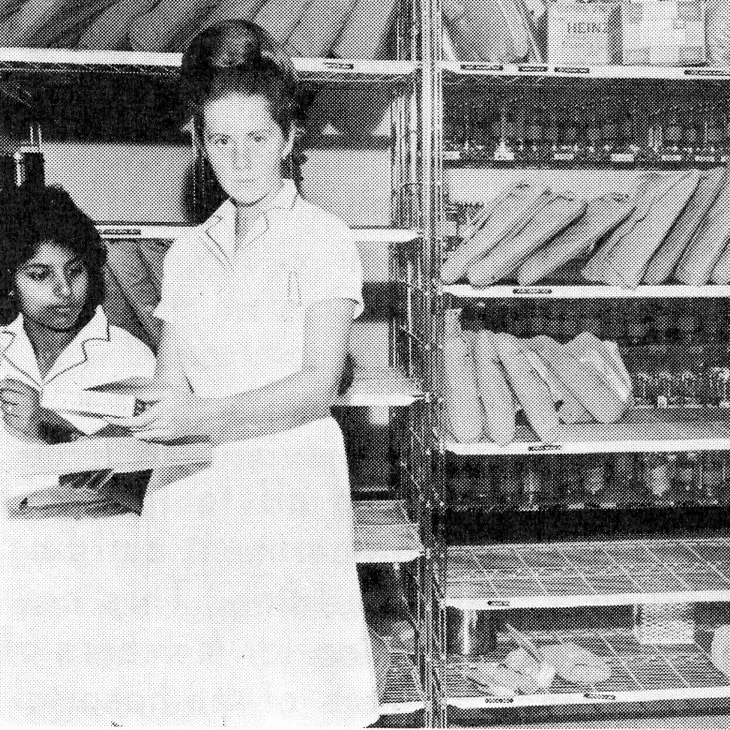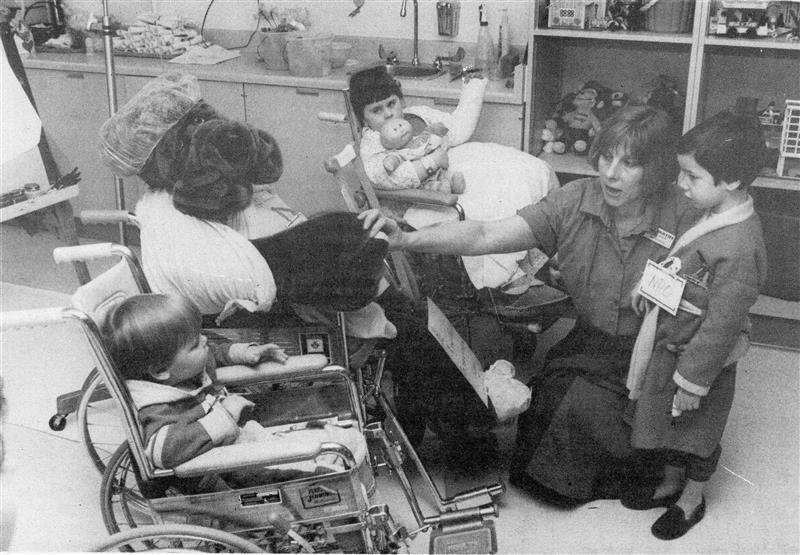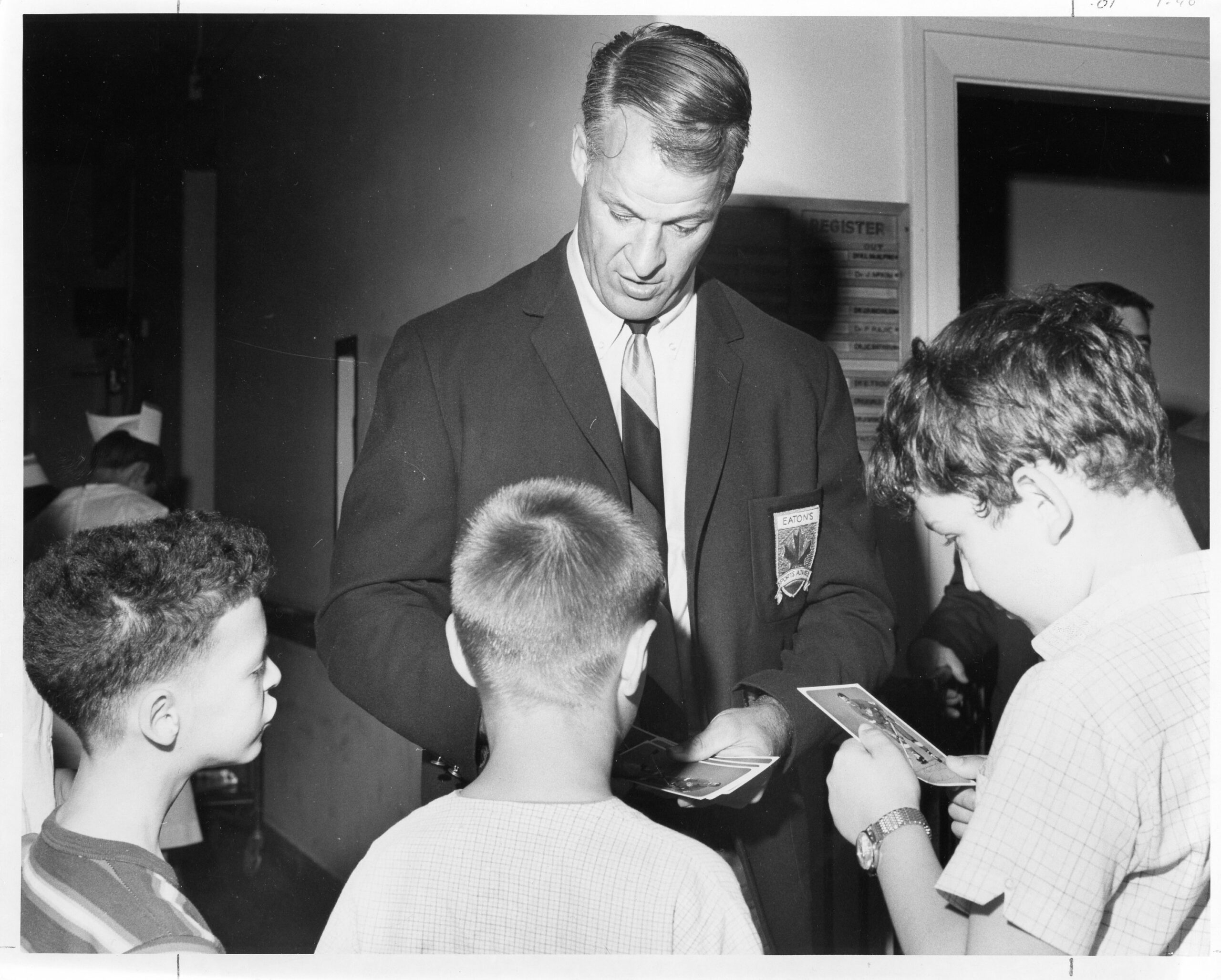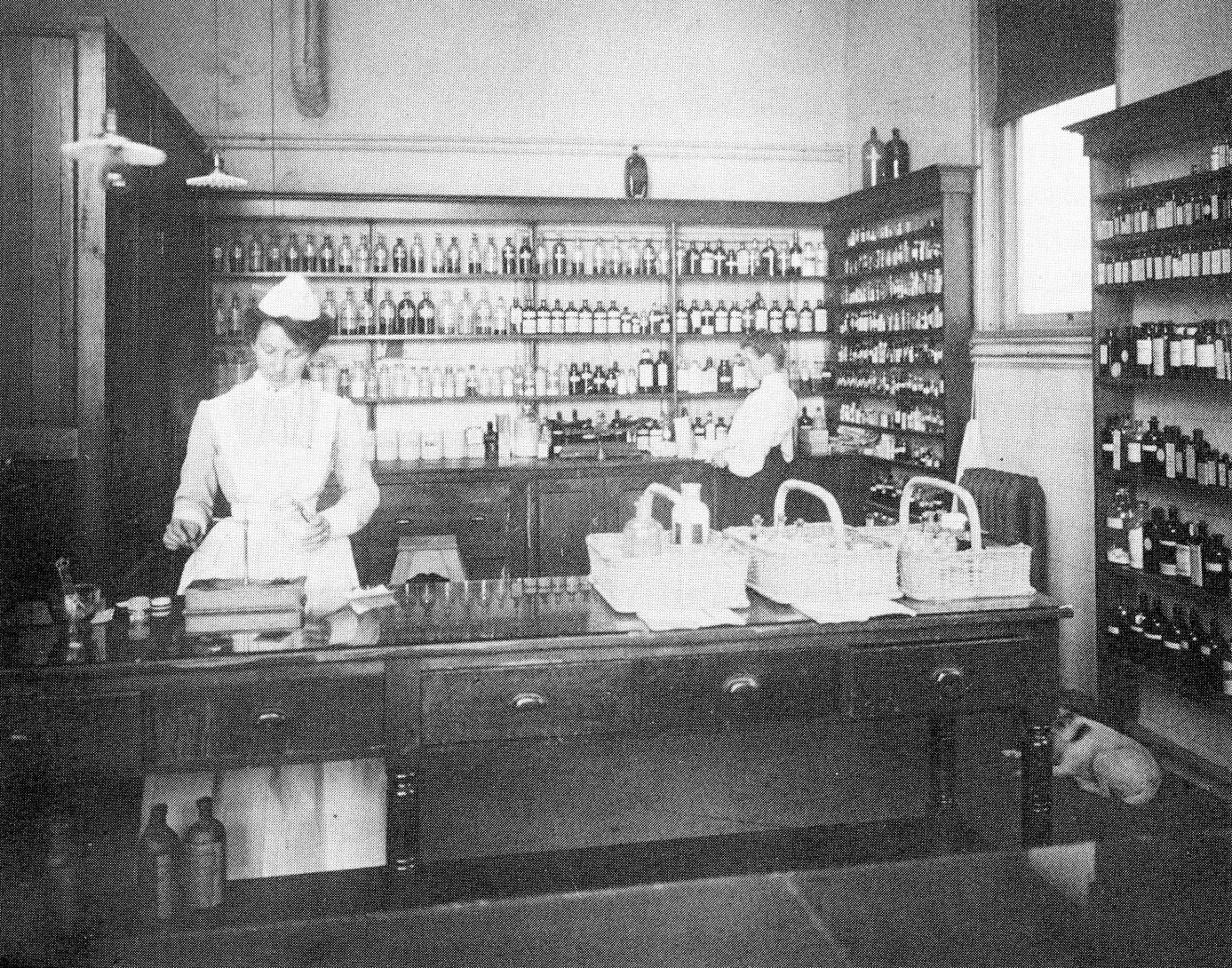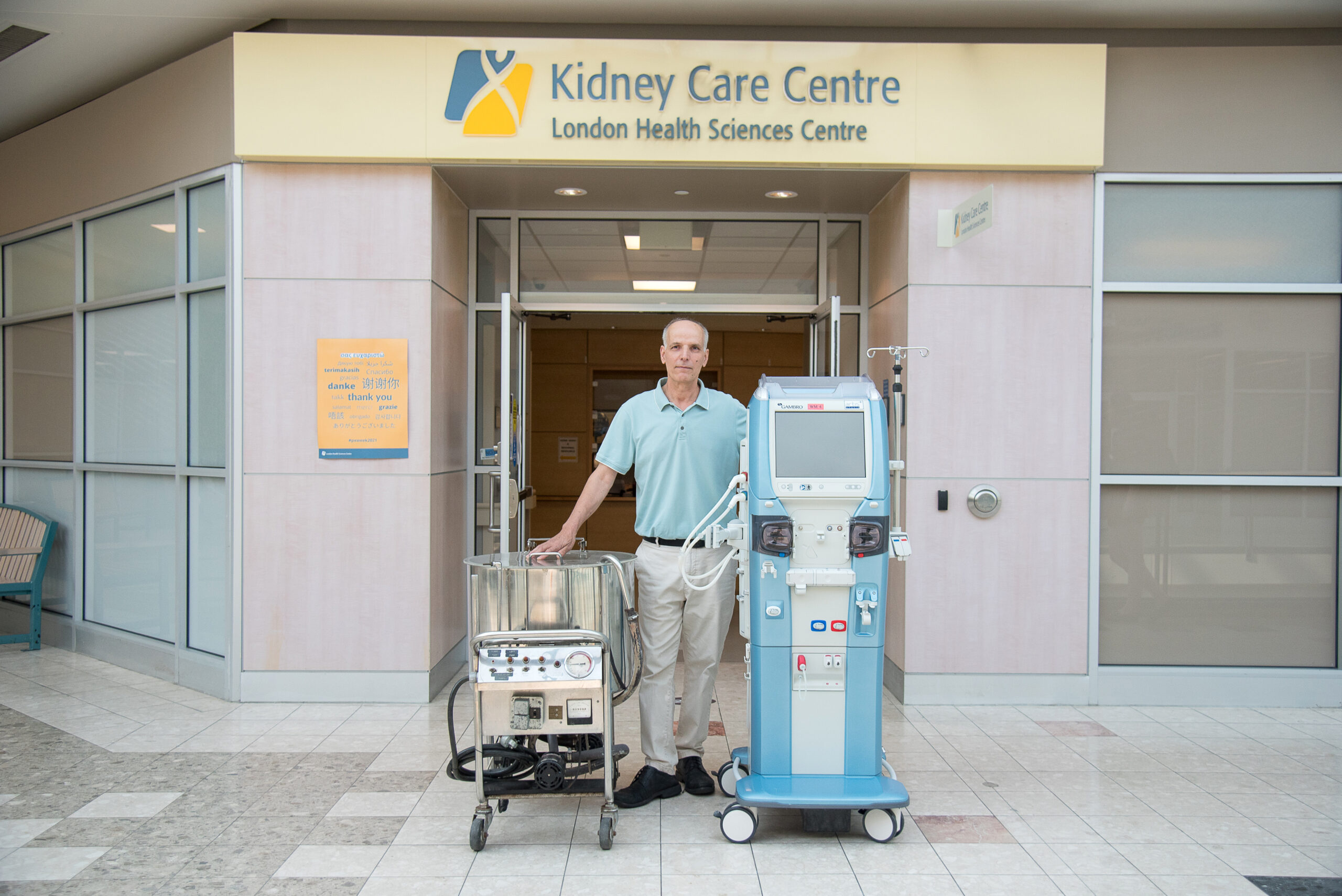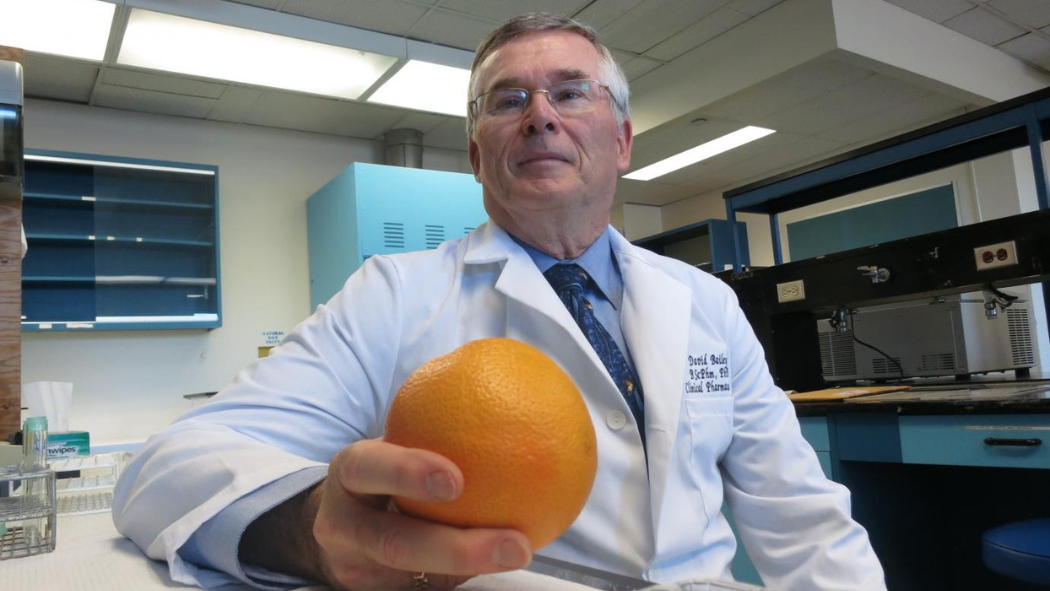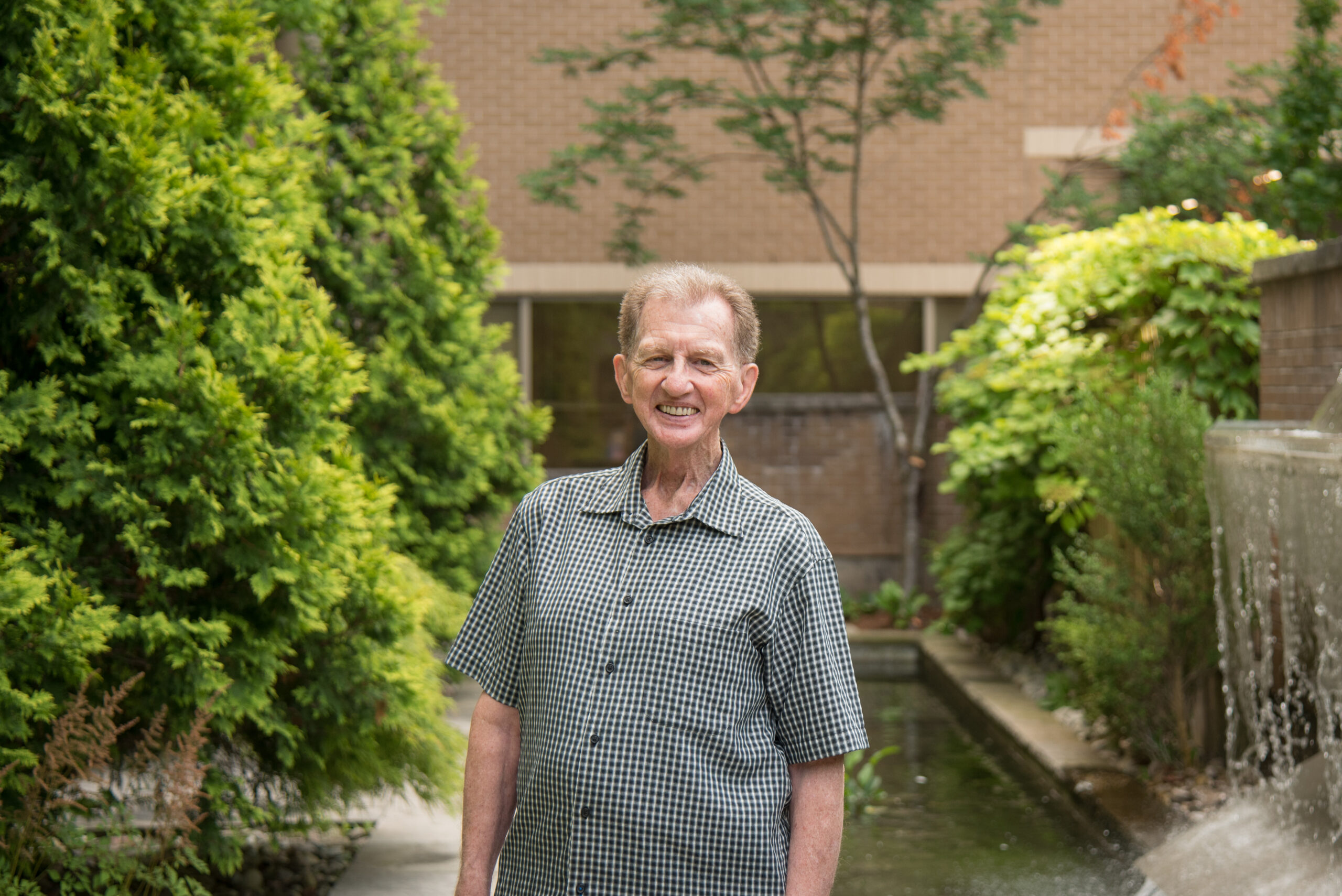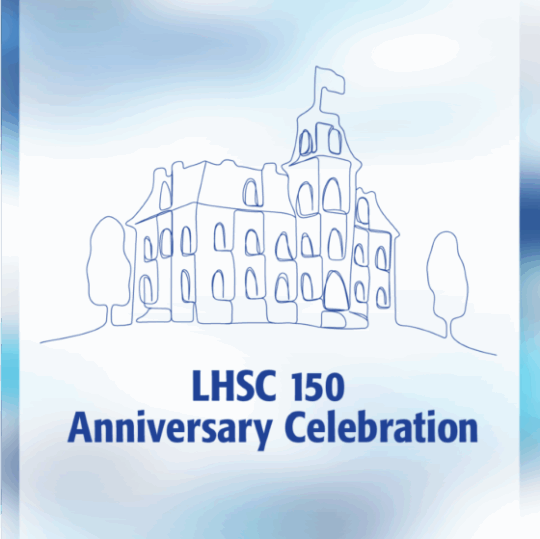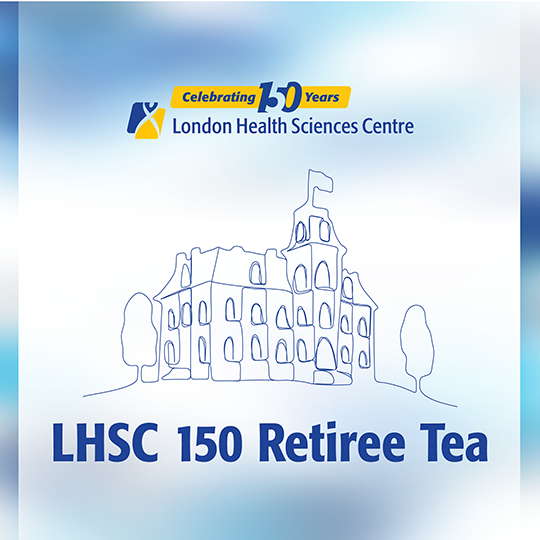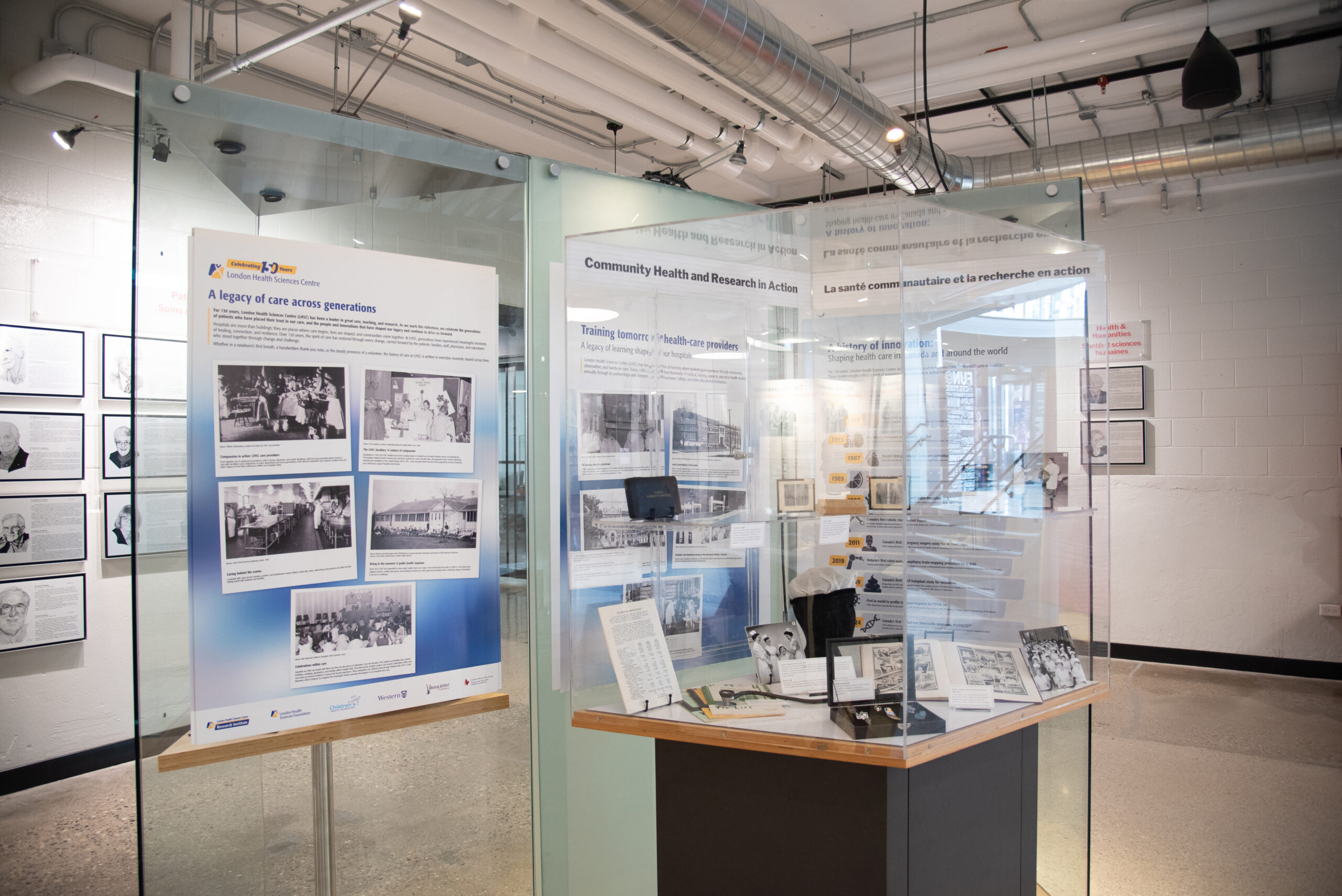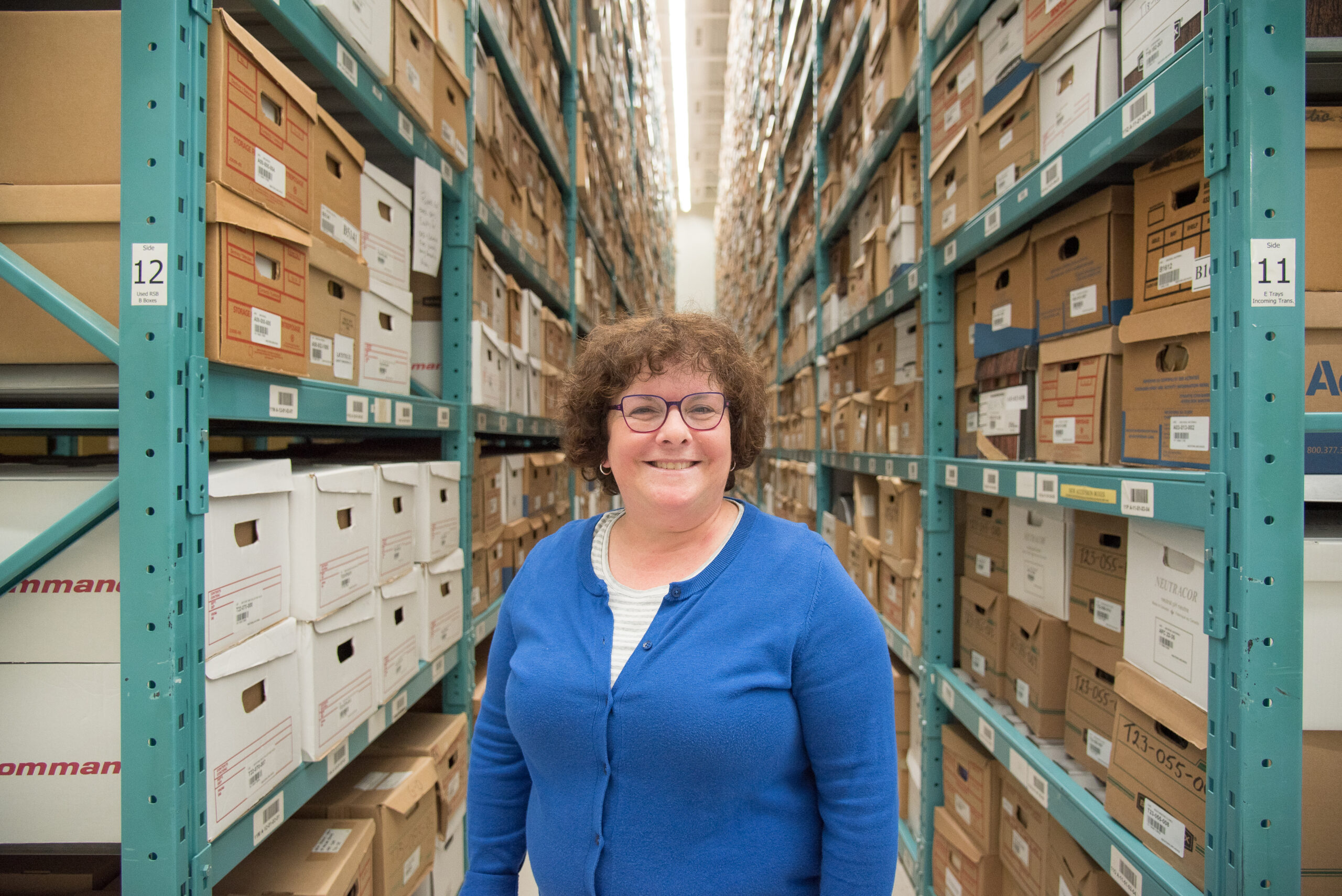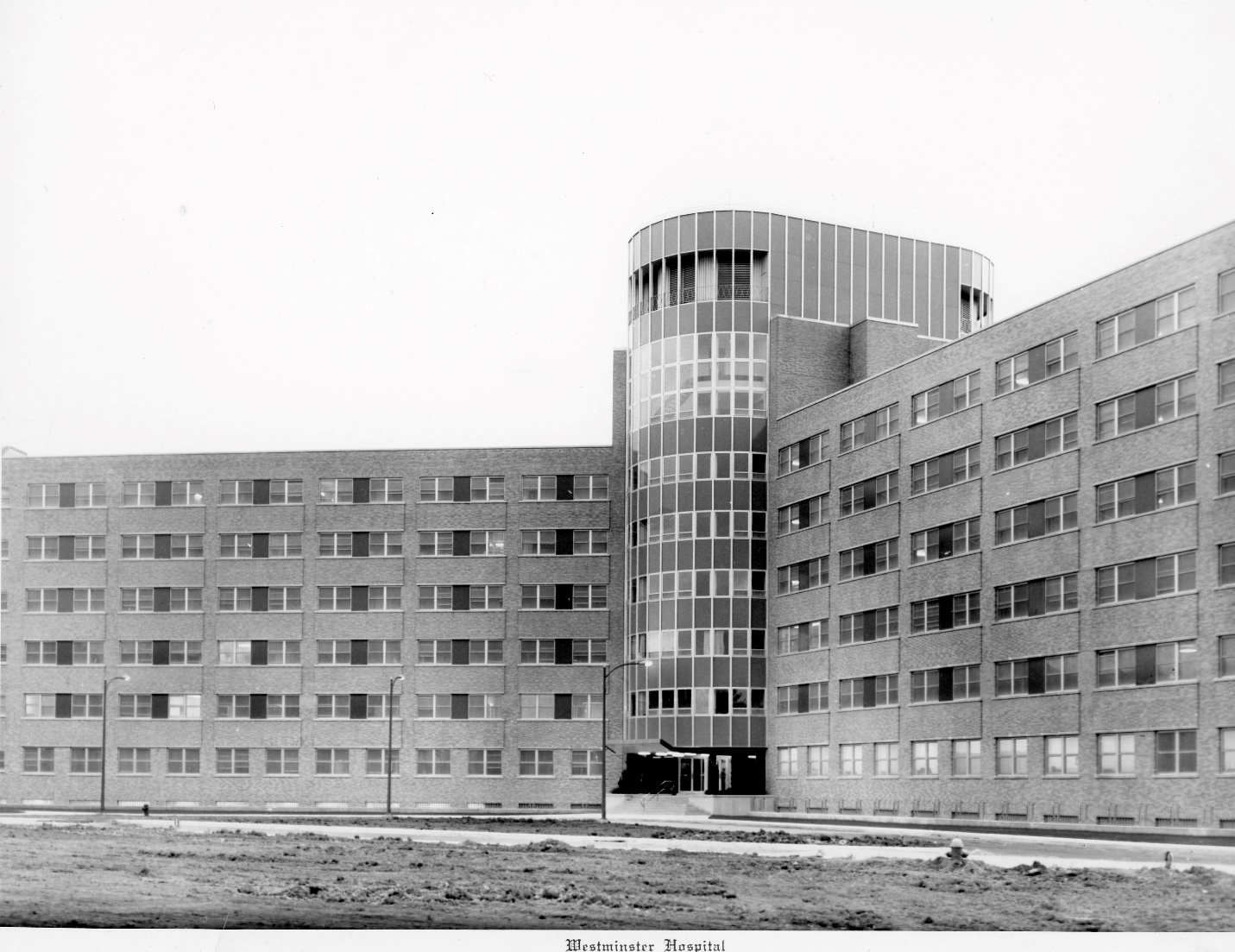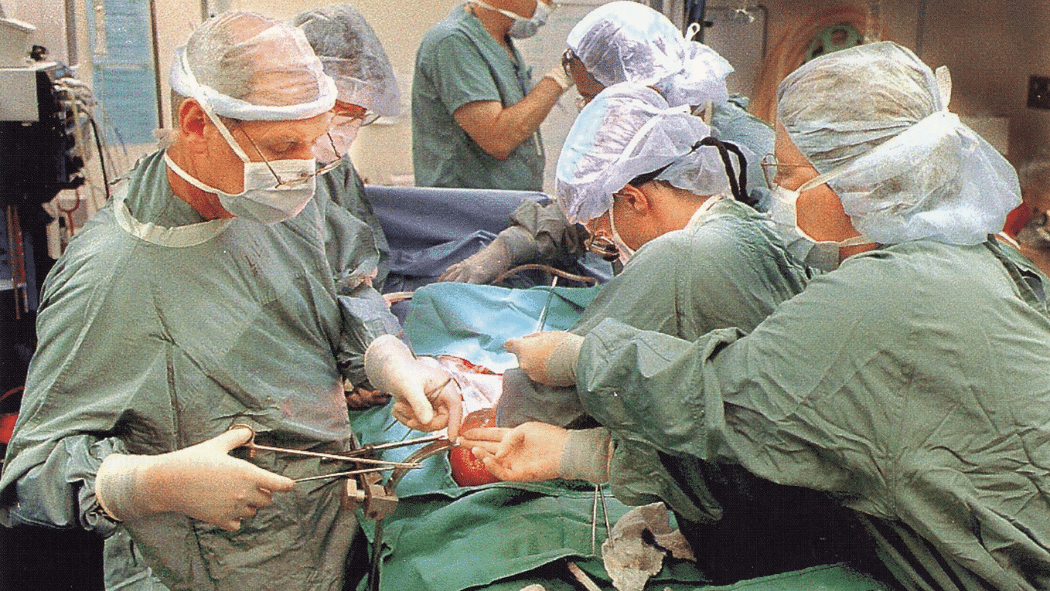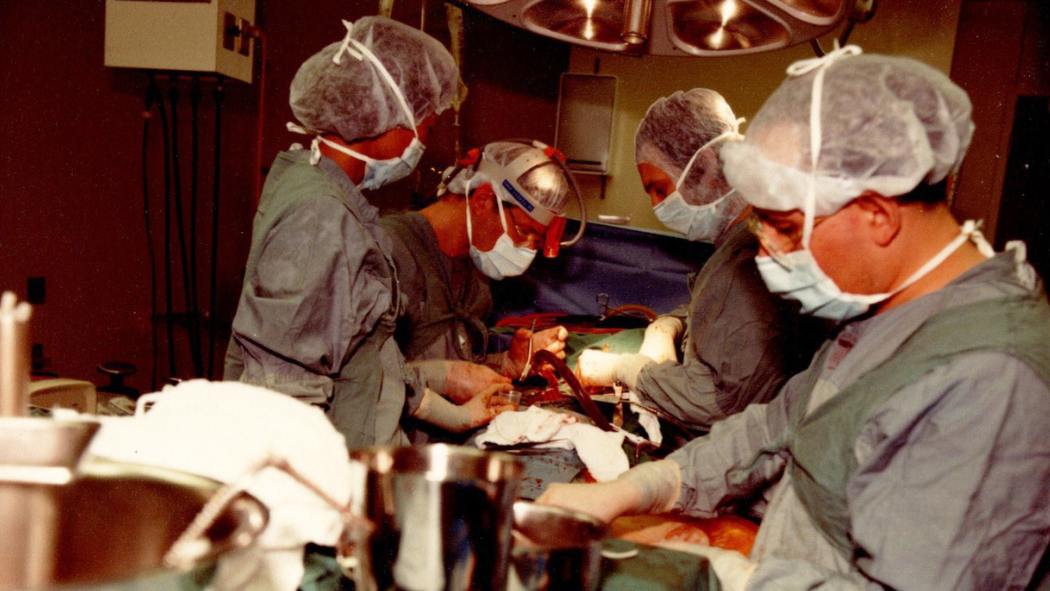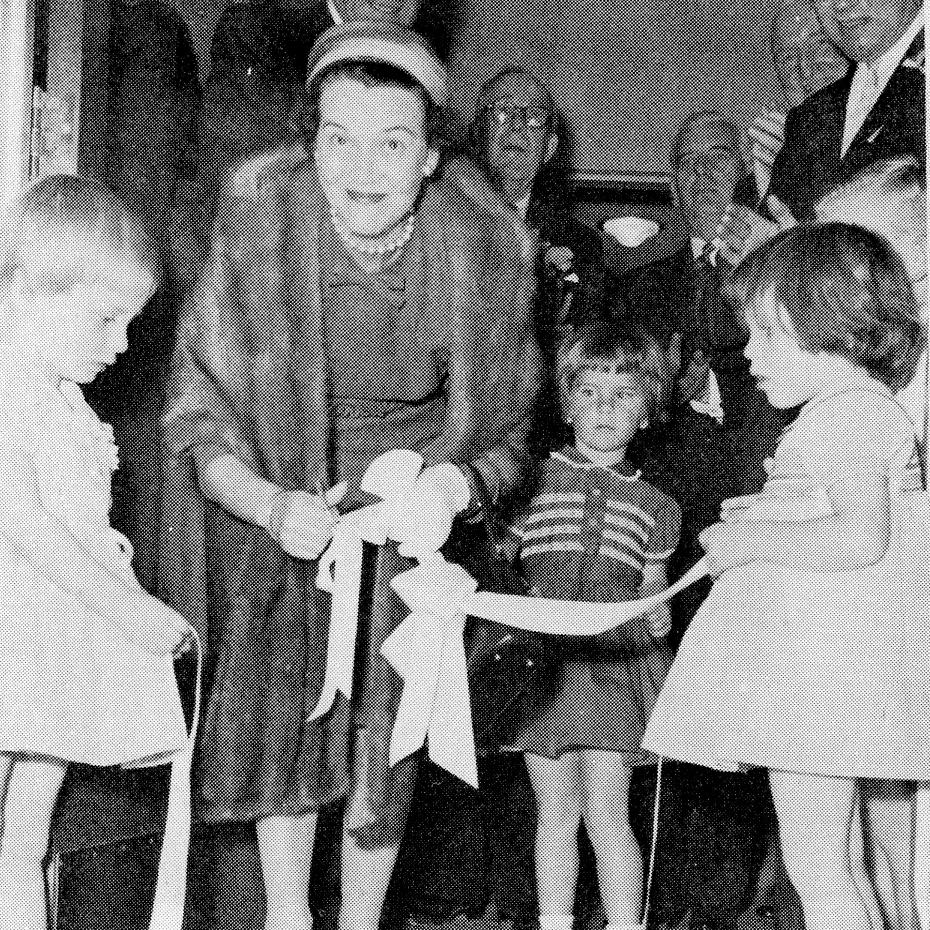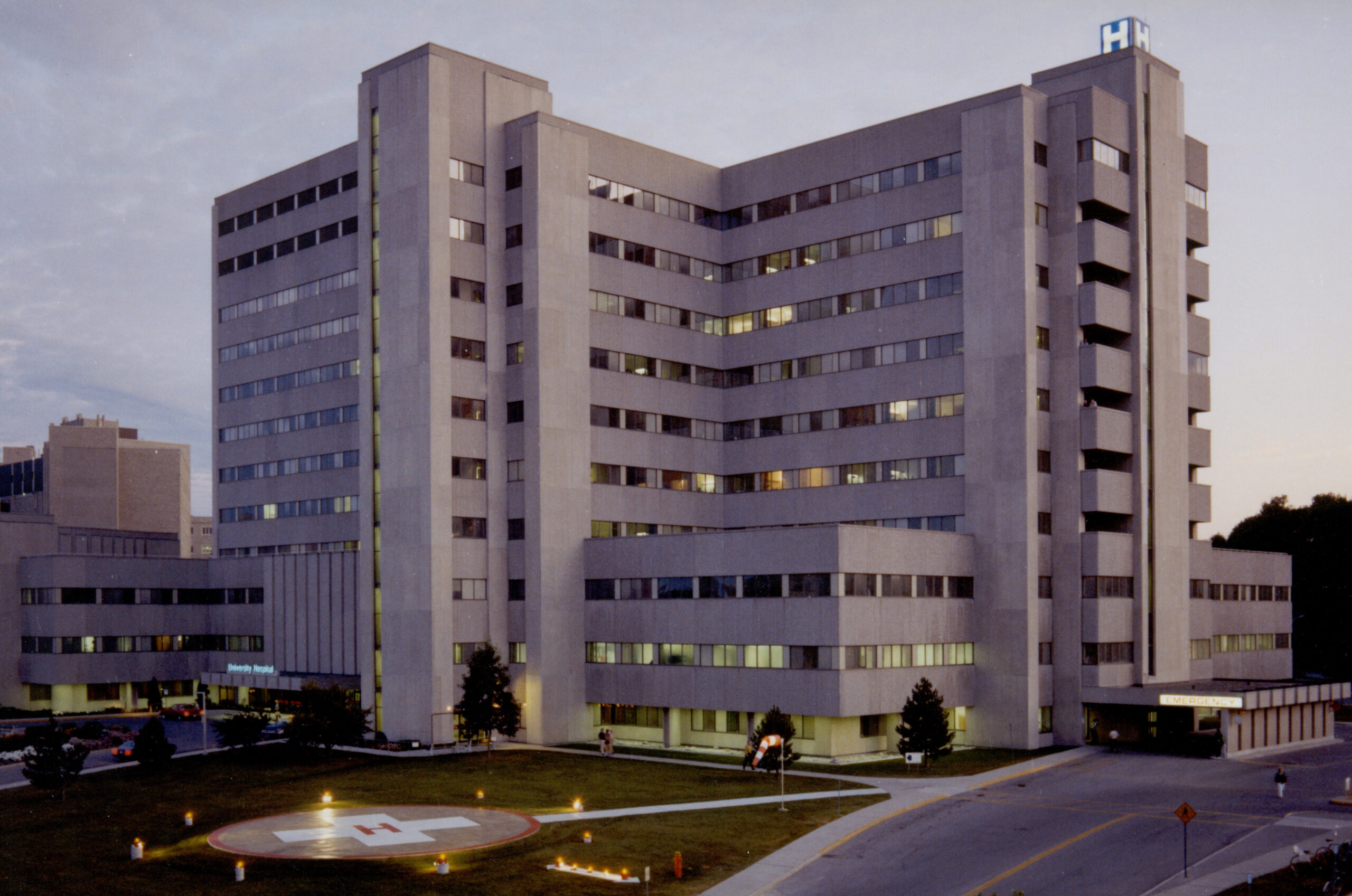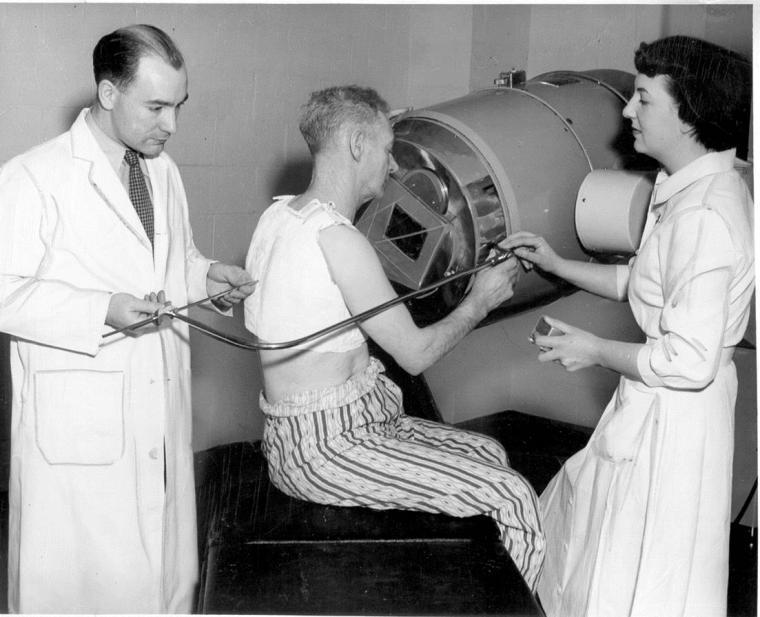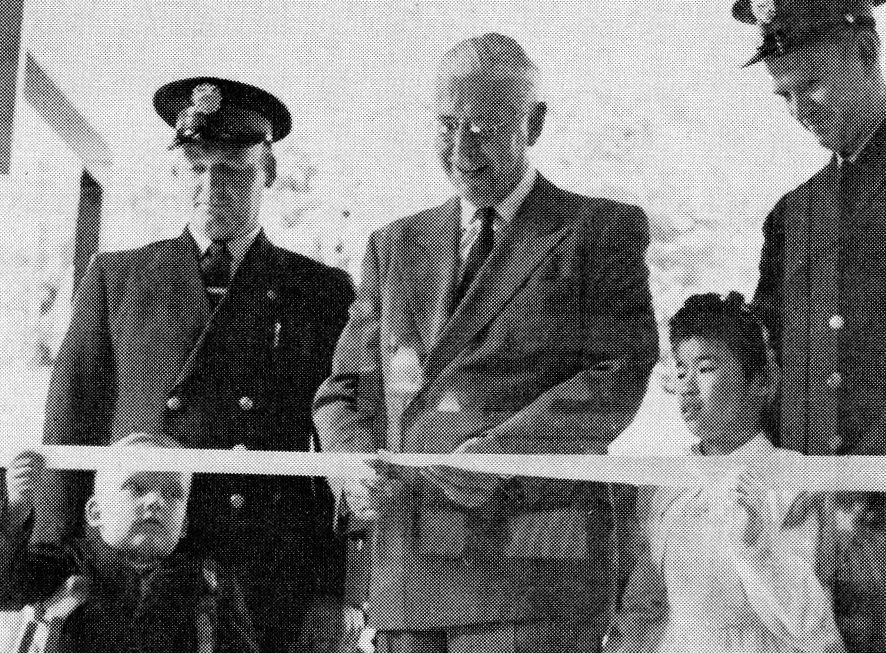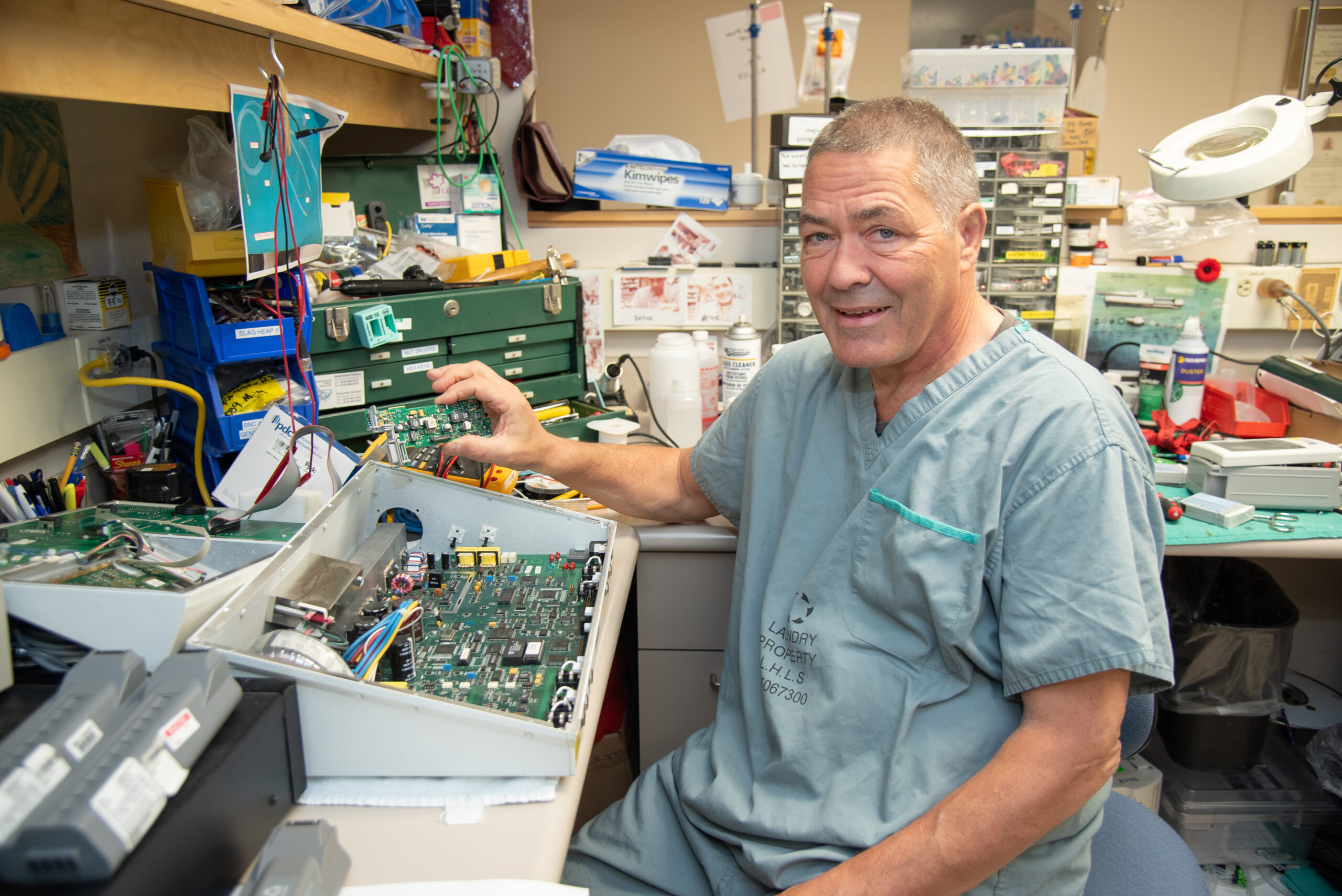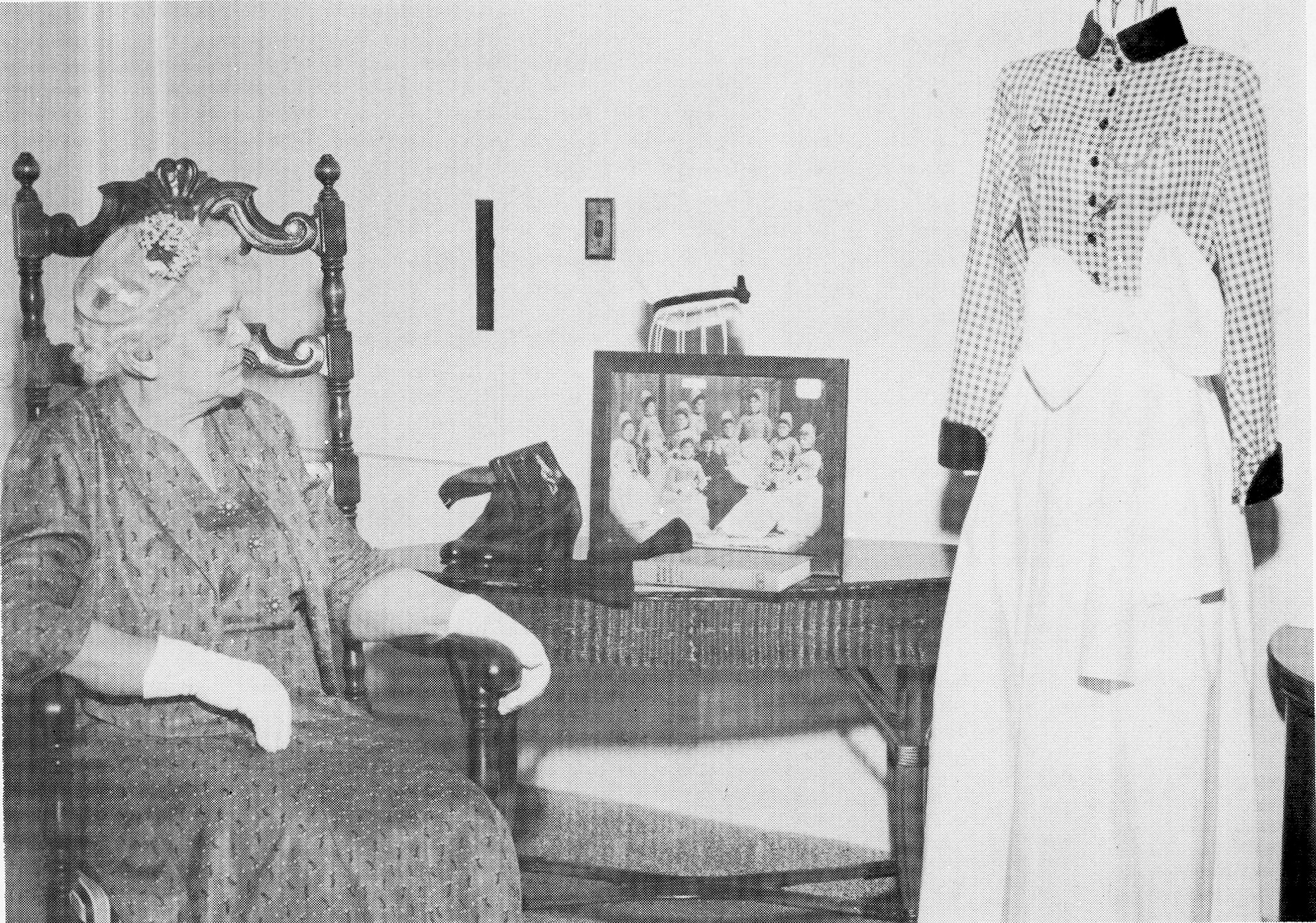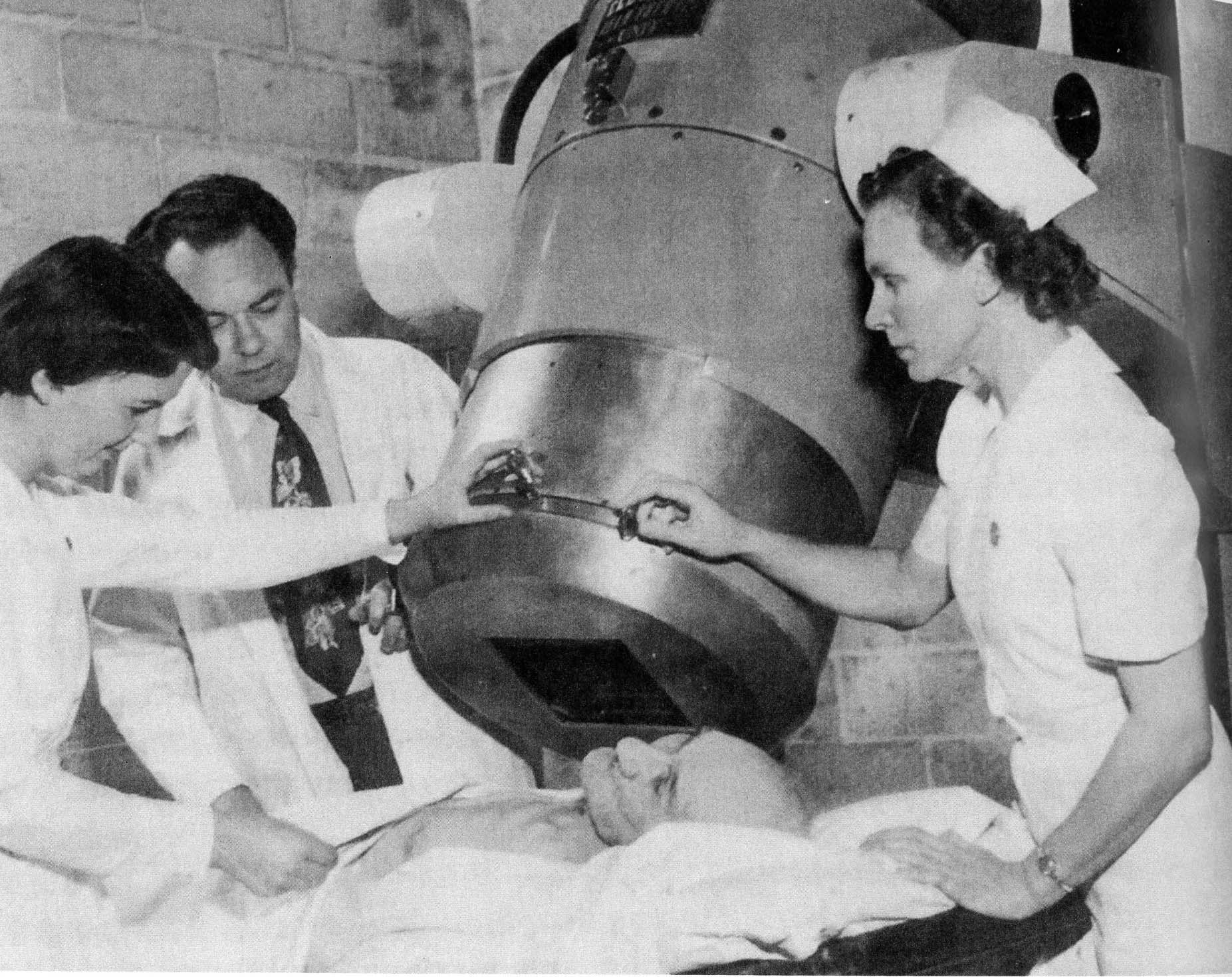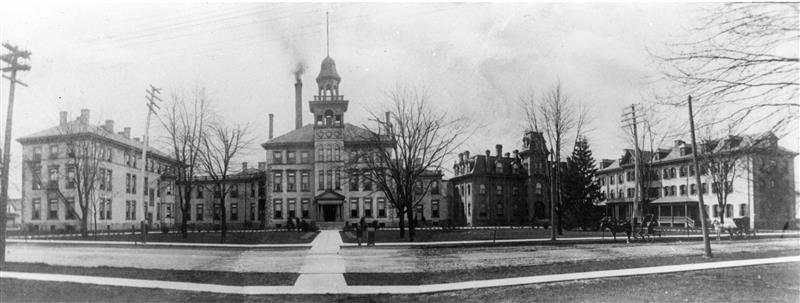Victoria Hospital: A name that has shaped more than a century of care
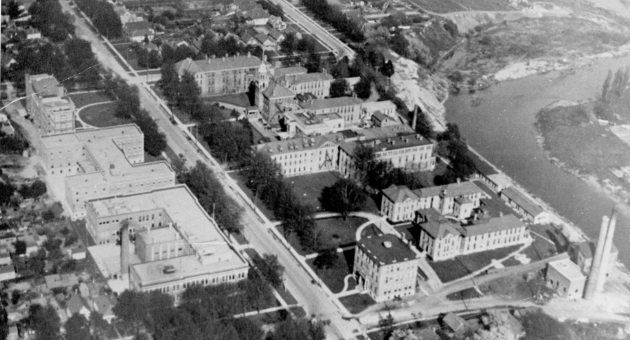
Above: An aerial view of South Street
On November 16, 1899, London witnessed one of its largest social gatherings to date as Victoria Hospital officially opened its doors on South Street. The event drew an estimated 15,000 Londoners who gathered to witness the unveiling of the hospital, which featured impressive brick buildings with cut stone foundations and slate roofs. Occupying an entire city block, it was hailed as a “city within a city.”
The renaming of London General Hospital to Victoria Hospital was a significant moment in both the city’s history and the evolution of health care. The change was made to mark the 60th year of Queen Victoria’s reign, coinciding with her Diamond Jubilee in 1897. At the time, Queen Victoria requested that all memorials commemorating her Jubilee be devoted to the relief of the sick. This request was embraced by London’s leaders, who established the Queen’s Jubilee Celebration Committee to help fund the expansion of the hospital.
“The renaming and expansion of the hospital was a recognition of the city’s growing need for health care,” says Dr. Christie MacDonald, LHSC 150 Co-Executive Sponsor and Interim Vice Chair, Medical Advisory Committee. “It was a reflection of the city’s commitment to improving health care for its people and community. Since the opening of the London hospital, LHSC continues to evolve as the needs of our community grows and changes.” For Londoners, the renaming of the hospital marked a new chapter in the city’s health-care journey.
“The hospital’s renaming reinforced that health care had become a cornerstone of the city’s identity,” adds Dr. MacDonald, who is also Department Head, Emergency Medicine at LHSC. “It wasn’t just a hospital; it was an integral part of the community’s fabric.”
Victoria Hospital continued to evolve throughout the early to mid-1900s, expanding to meet the needs of a growing population. In September 1941, the North Wing opened, serving as the main unit of the hospital and providing space for 400 patients. Shortly after, the approval of a six-storey Y-wing and an eight-storey addition valued at $1.75 million further enhanced the hospital’s capacity and services.
As the hospital expanded, it also became a centre of medical innovation, earning international recognition for its contributions to patient care and research. In 1951, the world’s first Cobalt-60 radiation treatment was performed at Victoria Hospital, revolutionizing cancer care. Two years later, Dr. Charles Drake, the hospital’s Chief of Neurosurgery, pioneered techniques for diagnosing and repairing brain aneurysms, advancements that positioned Victoria Hospital as a global leader in neurosurgery.
“Victoria Hospital’s growth and medical breakthroughs changed the way care was delivered, not only in London but around the world,” says Dr. MacDonald. “It became a place where health-care professionals pushed the boundaries of what was possible.”
The renaming of Victoria Hospital in 1899 was just the beginning of a long legacy of excellence. Over the decades, the hospital continued to expand, innovate, and evolve into a leading academic health sciences centre. When Westminster Hospital was renamed Victoria Hospital, the original South Street location came to be known as South Street Hospital, a nod to the institution’s long-standing roots in the heart of London. While the full story of that transition will be explored later in this series, it marked another important chapter in the hospital’s evolution and enduring identity.
LHSC is celebrating 150 years of care, innovation, and community impact by sharing 150 moments from our history. Join us in marking this milestone by sharing your own LHSC story.
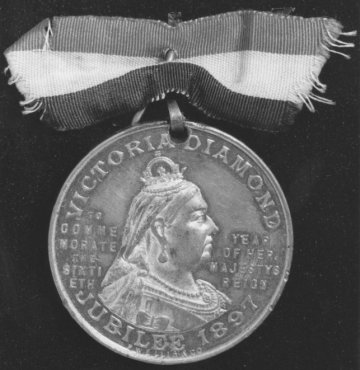
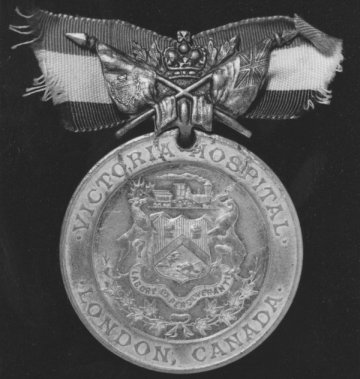
Above: Commemorative medal issued in 1897
